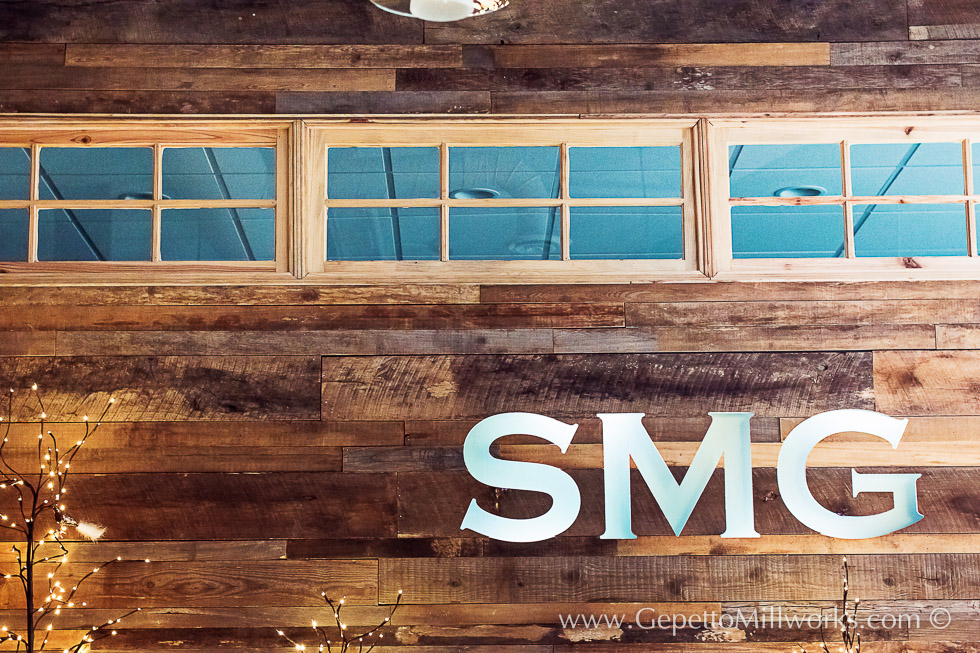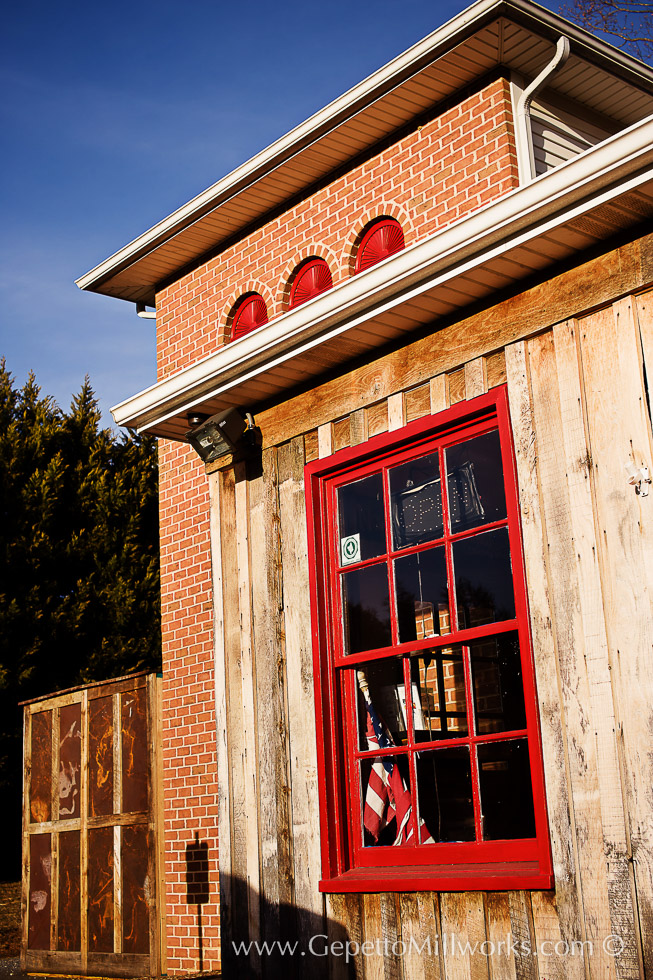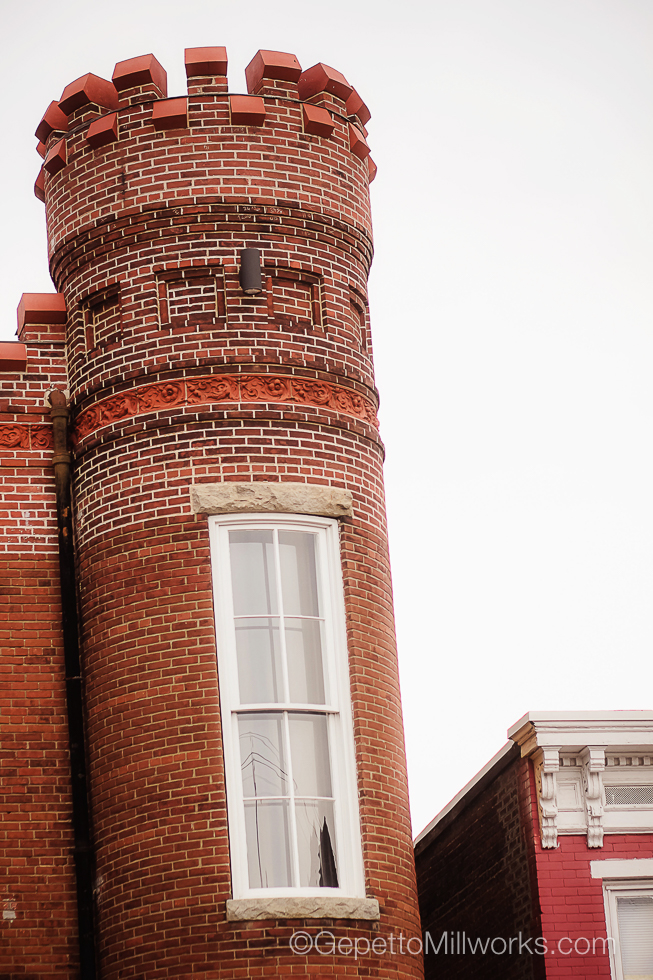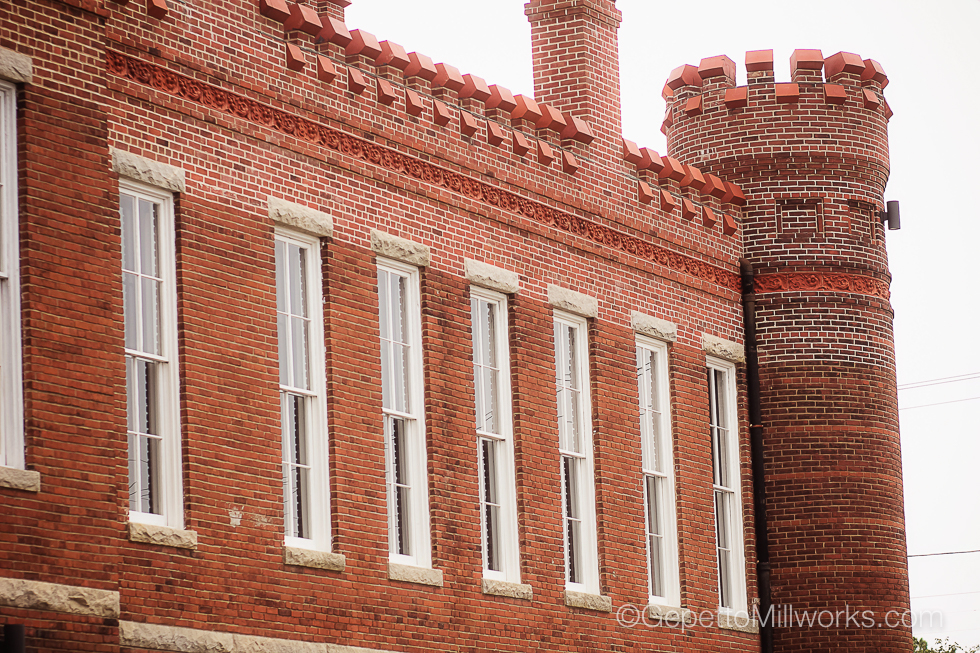The Facts About Historic Windows
- Repairable – Historic wood windows are designed to be easy to repair. Unlike replacement windows where the whole window unit must often be replaced or factory repaired if an issue arises, historic windows can be repaired piecemeal. Each individual piece can be repaired, restored or replaced quite simply by the homeowner or local tradesman.
- Upgradable – Your old windows may or may not have weatherstripping, but if they don’t you can easily add it and dramatically increase their efficiency.
- Simple to Maintain – Keep your old windows painted. That’s it! With some paint every decade or so you can keep them protected and safe for a long, long time.
- Resilient – Being made from old-growth lumber these windows (when properly maintained) ca last for several centuries unlike replacement windows today which are obsolete within just a few years.
Window replacement contractors have stated on home improvement forums that 80% of their current window business is replacing replacement windows.
Most windows being replaced are only 15-20 years old!
All those homeowners that fell for the “window scheme” and removed their original 50, 100, 150 year old wood windows for these new replacement windows, now have the expense of doing it again and again. It just goes to show you how easy a homeowner can fall for a sales pitch!
Tough luck for those homeowners. It’s not that there was no information available about preserving old windows. It’s not that they were unaware that wood needs to be maintained. If the condition of their old window was beyond repair – that is demolition by neglect! If you neglect something then you have a bigger expense and that goes for anything.

New Construction Wooden Windows in a Barn-wood Faced custom wall with archtecurally featured backlight.
Complex Historic Window Restoration
Black History Museum Richmond VA Arced Window Sashes
Historic Window Restoration Contractor Northern Virginia
Wooden Windows Built in Curved Wall
Curved Sash Wooden Window Construction
Wooden Windows in Round Brick Turret
Historic Windows Built in an Arc
It’s not unusual in neighborhoods
throughout the city to see older wood
windows stacked at the curb. Rather than
restore the windows, property owners usually
replace them, often with vinyl windows.
Rochester is now among cities and towns
across the country reviewing its ordinance
regarding vinyl replacement windows. It’s
a hot topic among preservationists that is
attracting broader public attention.
The city’s Preservation Board is
considering developing a set of windowrelated
guidelines to its ordinance regarding
the approval of certificates of appropriateness.
Owners of city-designated landmarks or
properties located in a city preservation
district are required to obtain a CofA before
almost any exterior change is made. There is a
$100 application fee for the CofA.
The ordinance would continue to apply
only to city-designated landmarks and
preservation district properties, but the
new guidelines would deter the use of vinyl
replacement windows. And board members
would offer alternatives to vinyl.
The change would be significant. While it
would impact a relatively small and distinct
group of properties, Rochester’s approach
is being closely watched by communities
around the state. And the Preservation Board
is considering a series of additional guidelines
to apply to things such as landscapes.
But at a meeting last week, Preservation
Board members seemed far from reaching
a consensus on what the new windows
guidelines should say. Some members said
they were worried about approving a set
of guidelines that are too rigid because
the controversy over vinyl windows is
complicated and multifaceted.
But Peter Siegrist, the city’s preservation
planner, says the guidelines should be as
explicit as possible. Something with a lot of
exceptions, he says, will just bog down the
approval process and create confusion.
“There’s going to be a tremendous
public outcry if that happens,” he says.
“We’ve got to be clear.”
Siegrist will prepare in the next few
weeks a draft of the guidelines for board
members to review.
Many of the city’s buildings — residential
and commercial — are older and have
windows that need attention. Vinyl
replacement windows are popular because
they are relatively cheap and easy to install.
Educating consumers about the value of
restoring older wood windows is important,
says Cynthia Howk, architectural research
coordinator for the Landmark Society of
Western New York. While the city’s CofA
ordinance doesn’t apply to all property owners,
she says, everyone should know their options.
“Windows are a major and significant
feature of any building,” Howk says.
“There’s no question that replacing older
wood windows with vinyl windows greatly
diminishes the character of an older property.”
Restoring older windows can also
increase property values, she says.
The Landmark Society has been guiding
the Preservation Board on a window policy.
The Society strongly opposes the use of
vinyl replacement windows.
But many property owners are
intimidated by the necessary repairs and
upkeep of older windows. The work can be
difficult, time-intensive, and require the help
of an experienced window repair person, said
John Schick, architect and Preservation Board
member, at last week’s meeting.
And finding a knowledgeable craftsperson
to do the work can be problematic, he said.
Highly qualified restoration people do
exist in the Rochester area, Howk says, but
they aren’t well-known. And their work takes
time, she says, and may seem costly compared
to installing a vinyl window.
Getting consumers to think about the
long-term investment they’re making might
ease some of their worries, Howk says.
“We’re talking about the difference between
a wood sash — the part of the window that
holds the glass — which has provided decades
of service, compared to vinyl windows that
may not even last a decade,” she says.
But many property owners see heavily
painted windows that won’t open or close,
Howk says, and they incorrectly assume that
the windows can’t be restored.
Vinyl replacement windows can seem like
a low-cost solution, she says, but durability
isn’t assured. Many vinyl window products are
designed to last about 20 years, Howk says, but
often begin to deteriorate sooner. And unlike
wood windows which are made with replaceable
parts, when a vinyl window breaks, the whole
window usually needs to be replaced.
Even newer wood replacement windows
are often constructed with softer, less durable
lumber, Howk says, while the wood used
in historic windows is much harder. That
wood is usually from old growth forests, she
says, and with proper care, Howk says, the
windows can last indefinitely.
But discouraging the use of vinyl replacement
windows is not just a matter of protecting
the aesthetics of older properties. There
are serious environmental and economic
considerations, too.
Fossil fuels are a key component in vinyl
windows. And the old wood windows are
typically sent to landfills if they aren’t reused.
Energy-saving claims are a major
selling point for vinyl window retailers and
contractors, but a local expert says those
claims are often skewed.
“Yeah, typically a new window will
perform better than an old leaky window,”
says Steve Jordan, a local historic preservation
consultant. “But you can take an old window,
weather strip it, clean it up, and put a storm
window on it, and it will perform just as well
and sometimes better than a new window.”
Jordan says he doesn’t want to indict the
whole window industry, because “a lot of
companies make a good quality replacement
window, but frequently they’re not ones
people usually buy.”
Lead-contaminated paint is another
concern for property owners, says Caitlin
Meives, preservation planner with the
Landmark Society. Vinyl windows are often
promoted as a quick solution, she says,
but it’s a bit of a false reassurance. Much of
the contaminated paint remains after the
replacement window is installed, she says. And
the wood window with lead paint is usually
dumped and contaminates another site.
“We’re asking people to take a step back and
take a deep breath, because there are proper
abatement options available,” Meives says.
But consumer confusion about vinyl
replacement windows compared to
restoration of historic wood windows is
understandable. State and federal incentives
through tax credits, grants, and low-interest
loans seem to send property owners different
messages. Tax credits and other incentives are
offered to property owners who replace old
windows with energy-saving vinyl windows.
There are similar incentives that can be
used to restore old wood windows, but it takes
a little research to find them. If people fail to
take advantage of the incentives, Siegrist says,
the government will discontinue the programs,
which is why consumer education is important.
Owners of large commercial properties
may pose the biggest challenge for the
Preservation Board.
An older single-family home, depending
on its size, may have 30 to 50 windows.
But a large apartment building in one
of the city’s preservation districts may have
500 or more wood windows, and restoration
would require a formidable investment.
“I would tell them that they usually have to
paint and clean carpets when a tenant moves
out,” says consultant Jordan. “That’s a good
time to repair the windows in that unit. And it
makes the costs much more manageable.”
Still, some Preservation Board members are
concerned about creating restrictive guidelines,
especially during a difficult economy. What
difference would it make, one board member
asked, if a vinyl window is used in the back of
a building facing a parking lot?
But Howk says taking shortcuts is not
the answer.
“Once those wood windows have been
removed, they’re probably lost forever,” she says.
Complex Historic Window Restoration
Virginia Window Restorers
- Richmond VA Window Rehabilitation
- Alexandria Old Window Restorers
- Charlottesville Restoration Services
- Fredricksburg Window Experts
- Norfolk Historic Window Repair
- Harrisonburg Window Rot Rescue
- Staunton VA Window Rehabilitation
- Lexington VA Window Contractor
- Roanoke VA Rehabilitation Contractor
- Lynchburg VA Historic Window Services
- Washington DC Historic Windows
- Portsmouth VA Old Window Restorer
- Arlington VA Historic Window Builder
- Abingdon Historic District Windows
- Winchester Historic Windows
Historic Replica Windows Made to Order
Southeast US Window Rehabilitation
- Greensboro NC Window Restoration
- Durham NC Wood Window Repair
- Raleigh NC Historic Window Rehabilitation
- Outer Banks Historic Home Restorers
- Henderson NC Window Rot Repair
- Winston Salem NC Rehabilitation
- Columbia SC Historic Window Restorer
- Spartansburg SC Wood Window Builder
- Charleston SC Historic Window Contractor
- Savannah GA Historic Window Services
- Ashville NC Old Window Restorer
- Virginia Wood Window Restoration







